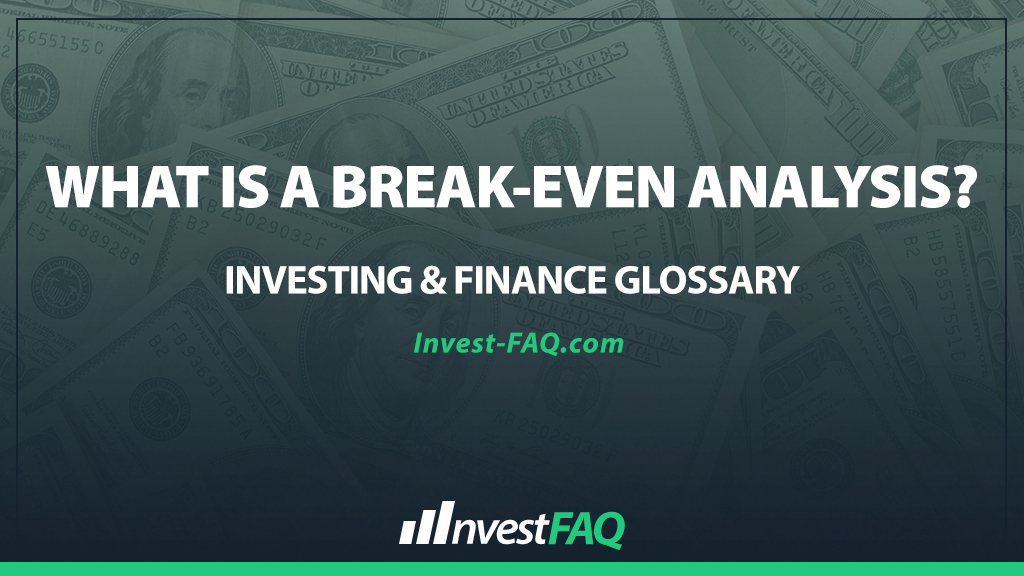
Break-Even Analysis
Contents
A break-even analysis is a financial calculation used to determine the point at which a business’s revenues exactly cover its expenses, resulting in neither profit nor loss. This analysis is crucial for understanding the minimum performance necessary to avoid losing money and serves as a foundational tool for financial planning and decision-making.
In business, break-even analysis is used to evaluate the viability of a project, product, or business model.
It helps in setting sales targets, pricing strategies, and understanding the impact of cost structures on profitability.
By identifying the break-even point, businesses can make informed decisions about whether to launch a new product, enter a market, or adjust operational strategies to improve financial outcomes.
Example of a Break-Even Analysis
Suppose “GadgetCo” manufactures a new tech gadget. The fixed costs associated with producing the gadget, such as rent, salaries, and machinery, amount to $50,000. Each gadget is sold for $100, and the variable cost per unit, including materials and labor, is $60.
To calculate the break-even point in units:
Break-Even Point (Units) = Fixed Costs / (Selling Price per Unit – Variable Cost per Unit)
Break-Even Point (Units) = $50,000 / ($100 – $60) = 1,250 units
GadgetCo needs to sell 1,250 units of the gadget to break even.
The break-even analysis reveals that GadgetCo must sell at least 1,250 units of its new gadget to cover all its costs.
Selling fewer than 1,250 units would result in a loss, while selling more would generate a profit.
This information is critical for GadgetCo’s management to assess the feasibility of the gadget production and to set realistic sales goals that ensure the company’s operations are sustainable.
Significance for Investing & Finance
The significance of break-even analysis in accounting and business management includes:
Risk Assessment: It provides a clear metric for assessing the risk associated with new ventures by quantifying the effort needed to make them financially viable.
Financial Planning: Break-even analysis aids in budgeting and financial planning by highlighting the importance of controlling fixed and variable costs to improve profitability.
Pricing Strategies: It informs pricing decisions by showing how different price points affect the break-even volume and potential profitability.
Strategic Decision-Making: The analysis supports strategic decisions, such as whether to proceed with a new product launch or to discontinue an unprofitable service line.
In summary, break-even analysis is a vital financial tool that helps businesses evaluate the financial viability of their operations, products, or projects.
By pinpointing the sales volume at which revenues equal expenses, companies can make informed strategic decisions, manage risks, and set objectives that align with their financial goals.
FAQ
How does a change in fixed costs impact the break-even point?
An increase in fixed costs raises the break-even point, requiring higher sales to cover the increased expenses, whereas a decrease in fixed costs lowers the break-even point, making it easier to achieve profitability.
Can break-even analysis be used for services in addition to products?
Yes, break-even analysis can be applied to services by calculating the fixed and variable costs associated with providing the service and determining the number of service transactions needed to cover those costs.
How do variations in selling price affect the break-even analysis outcome?
Adjusting the selling price changes the break-even point; increasing the price lowers the number of units needed to break even, while decreasing the price raises the required volume of sales to reach break-even.
Is break-even analysis useful for making long-term strategic decisions?
While break-even analysis provides valuable insight into the short-term financial viability of projects or products, it should be complemented with other financial tools and considerations for comprehensive long-term strategic planning.
